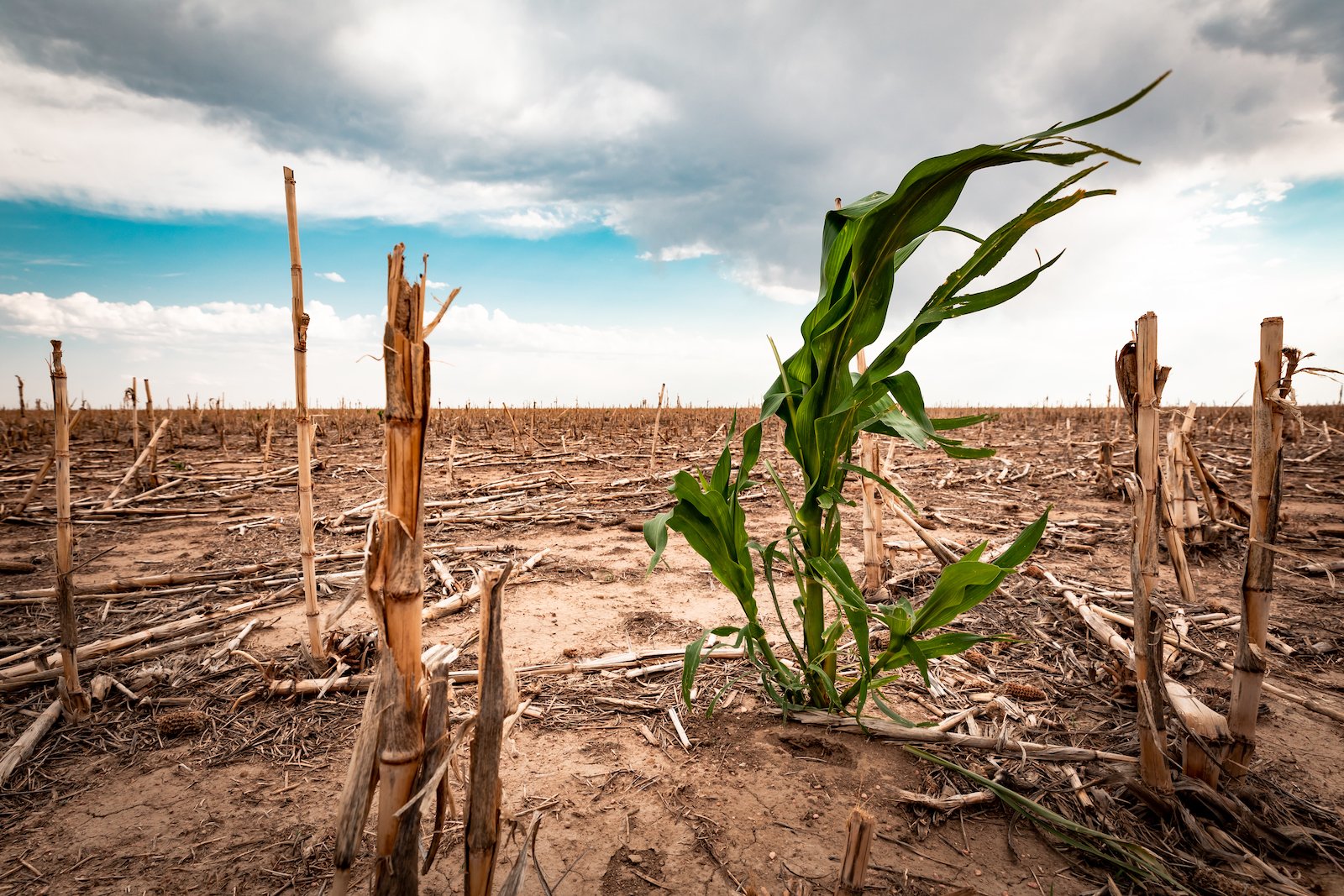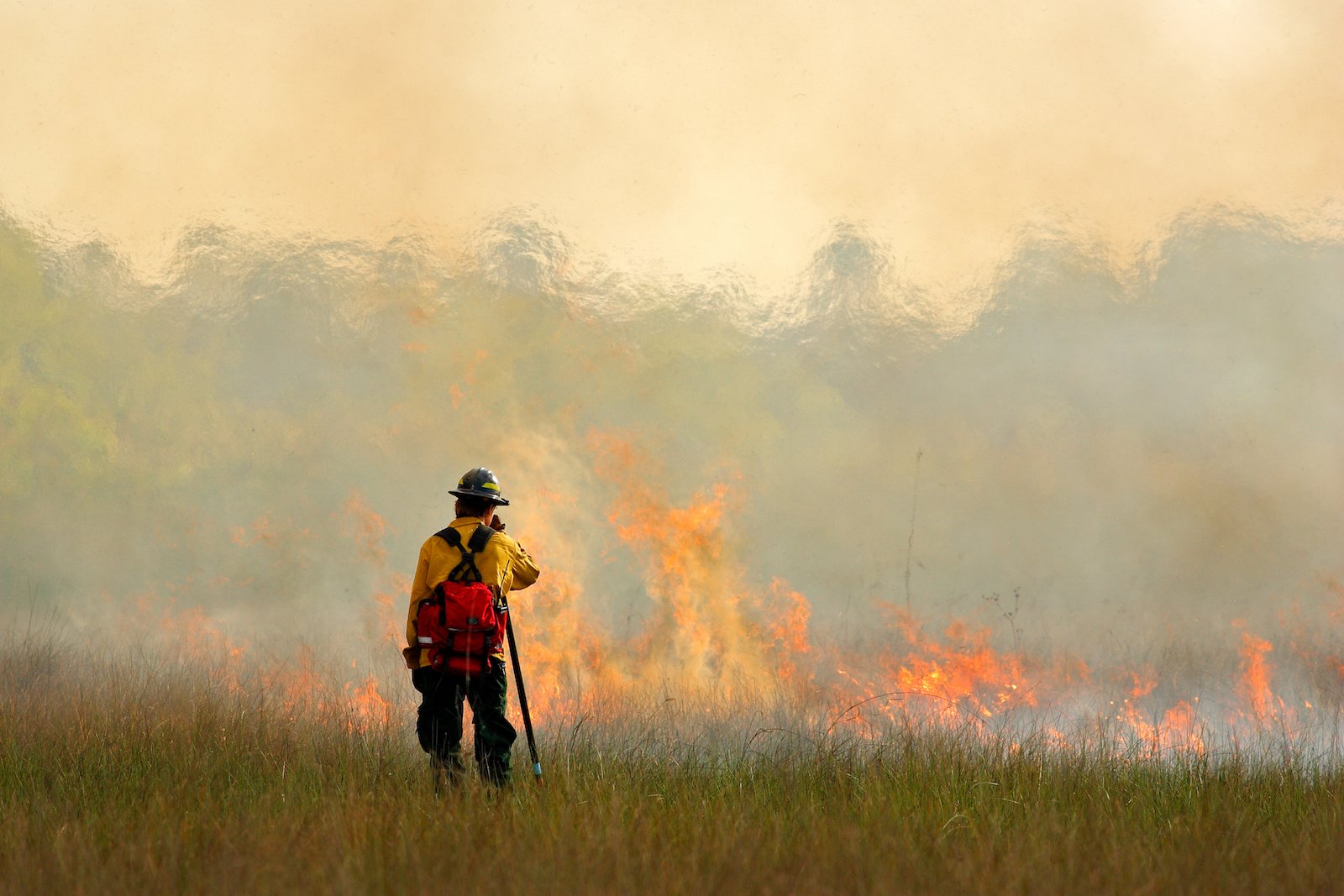The 2024 heat wave has been one of the most intense and impactful in recent US history, shattering temperature records across numerous states and causing widespread disruptions. From power grid failures and agricultural devastation to unprecedented health impacts and wildfires, this event has highlighted the growing threat of extreme weather driven by climate change.
Here are 12 key aspects that provide insight into the profound effects of this historic heat wave.
Record-Breaking Temperatures Across the Country

With an average temperature of 71.8 degrees, June 2024 has ranked the second warmest month in the last 130 years. The situation escalated as July 2024 set new records for extreme heat across the western United States, making it the hottest month in numerous cities.
Las Vegas shattered its previous high, reaching a scorching 120°F, the highest temperature ever recorded in the city. Other cities, including Palm Springs, Fresno, and Santa Rosa, reported unprecedented temperatures, with 124°F, 114°F, and 105°F respectively.
A Heat Dome Trapped the Heat

The intense temperatures of the 2024 heat wave were exacerbated by a persistent heat dome—a high-pressure system that trapped heat in the atmosphere, leading to prolonged and extreme conditions. This heat dome spanned much of the United States, particularly affecting the Midwest and Eastern US.
Under this dome, heat index values—a combination of temperature and humidity—reached dangerously high levels, often exceeding 100°F in the Southwest. The heat dome’s persistence meant little relief, as nighttime temperatures remained between 70°F and 76°F in the lower Midwest. This compounded the risk of heat-related health issues and placed continuous stress on infrastructure and daily life.
Widespread Impact on Public Health

The 2024 heat wave profoundly impacted public health across the United States, with a sharp increase in heat-related illnesses and fatalities. At least 125 deaths have occurred since March, with 2,308 heat stroke cases which were directly attributed to the extreme heat. Hospitals nationwide reported a surge in emergency room visits for heat exhaustion and heat stroke, particularly among vulnerable groups such as the elderly, children, and those with pre-existing health conditions.
Power Grids Under Strain

The unrelenting heat of 2024 placed unprecedented stress on the nation’s power grids as energy demands soared due to the widespread use of air conditioning. Death Valley National Park saw a temperature of 125°F from July 4-12, causing rolling blackouts in some areas to prevent grid overload and failure.
Agricultural Devastation

The 2024 heat wave severely impacted US agriculture, particularly in the Midwest, significantly affecting corn and soybean yields. The extreme heat and worsening drought conditions caused crops to wilt, stunting growth and reducing overall production.
The extreme heat waves are expected to cause intense droughts and a water crisis. The agricultural losses could have broader economic impacts, affecting related industries and global food markets and highlighting the agricultural sector’s vulnerability to escalating climate change effects.
Wildfires Raged Unchecked

The combination of extreme heat and drought fueled wildfires across the Western US. By August 5, 4,854 wildfires broke out in California alone, scorching 780,000 acres. By July 28, more than 200,000 acres had burned in Arizona. These fires not only destroyed homes and infrastructure but also contributed to hazardous air quality in surrounding areas, with smoke spreading across the country.
Economic Toll

The 2024 heat wave has had significant economic consequences across the United States, particularly in regions experiencing prolonged extreme temperatures. For example, the Dallas Fed estimated that last year’s heat reduced Texas’ annual GDP growth by about $24 billion due to decreased productivity, especially in outdoor industries like construction. The heat wave has also strained the energy grid, increased healthcare costs, and reduced agricultural yields, further exacerbating economic losses. These impacts highlight the growing financial burden of climate change on the U.S. economy.
Record Number of Heat Warnings Issued

The National Weather Service issued an unprecedented number of heat warnings and advisories in 2024. As of July 3, 2024, 11 states, namely, Arizona, Arkansas, California, Louisiana, Mississippi, Nevada, Oklahoma, Oregon, Tennessee, Texas, and Washington were given excessive heat warnings by the National Weather Service.
For the first time, parts of Maine were placed under an Excessive Heat Warning, and Puerto Rico experienced their first-ever island-wide heat advisories.
Urban Heat Islands Intensified

Urban areas, where concrete and asphalt absorb and retain heat, experienced even more severe conditions. Cities like San Francisco reported it ‘feels like’ 9°F higher than it is, on average. The urban heat island effect has amplified the risks of mortality and morbidity in the urban population, particularly for low-income communities with limited access to air conditioning.
Marine Heatwave

The oceans weren’t spared from the heat wave either. Sea surface temperatures along the US coasts reached the second-warmest at 1.76°F above average, leading to marine heat waves that disrupted marine ecosystems.
Exceptionally high ocean temperatures can significantly disrupt marine ecosystems, influence weather patterns, and impact economic activities. These marine heat waves put immense stress on aquatic species, resulting in widespread die-offs of fish, marine mammals, and seabirds and bleaching coral reefs.
Climate Change Connection

Scientists pointed out that climate change likely exacerbated the intensity and duration of the 2024 heat wave. Over the past two decades, scientists have conducted 152 studies analyzing extreme weather events, with 93% finding that human-driven climate change has increased the likelihood or intensity of extreme heat events.
Due to climate change, the June 2024 heatwave that struck the US, Mexico, and Central America was 35 times more probable and 1.4°C hotter.
Impact on Daily Life

The heat wave also disrupted daily life for millions of Americans. Outdoor activities were curtailed, schools and public facilities were closed in many areas, and major events, including sporting events and outdoor concerts, were canceled or rescheduled.
The extreme conditions also led to transportation disruptions, with flights delayed due to the intense heat waves. Airports were unprepared for the early summer surge in travelers, leading to over 6,000 flight delays by the evening of Friday, May 24, just on the East Coast alone.


